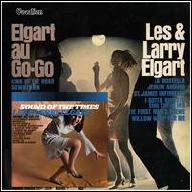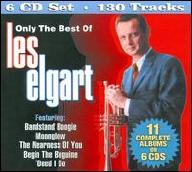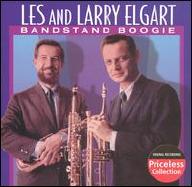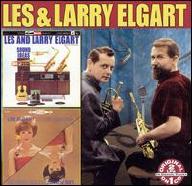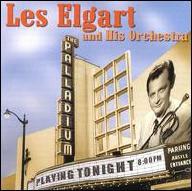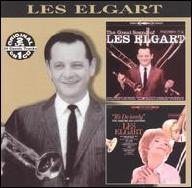The Elgart brothers reunited in 1952, with arranger Charles Albertine in tow. Taking advantage of new recording technology, they crafted a more nuanced, subtle sound that was lighter in tone and rhythm; it relied on tight brass and saxophone sections, and eliminated the piano and nearly all soloing. The 1953 LP Sophisticated Swing established this new blueprint, and a subsequent series of albums on Columbia over the next few years proved quite successful. Their biggest sellers were 1956's The Elgart Touch and the following year's For Dancers Also, both of which reached the Top 15 on the LP charts; they weren't as successful on the singles side, although they did have a minor hit with their theme to The Man With the Golden Arm, and their original Bandstand Boogie was adopted by Dick Clark as the theme song for #American Bandstand. Nominal co-leader Les spent more and more time handling the business side of things, and eventually stopped performing altogether in the late '50s; he left the band and moved to California, and Larry officially took over the musical direction (he'd pretty much taken charge already).
Les reunited with Larry once again in 1963, by which time Larry had moved into more of a contemporary easy listening sound, blending rock, pop, swing, exotica, lounge, and space age bachelor pad music. Charles Albertine returned as arranger early on, but soon left to work in the TV/film industry, and was replaced by Bobby Scott. Released in 1964, Command Performance! was their last charting album, but a number of other albums from this era later became popular with lounge collectors, particularly 1967's Girl Watchers. That was one of the brothers' final recordings together, as Les retired to Texas and performed only occasionally. (Larry, meanwhile, found commercial success in the early '80s as mastermind of the popular Hooked on Swing medley albums.) Les Elgart passed away in Dallas on July 29, 1995, of heart failure. ~ Steve Huey, Rovi



